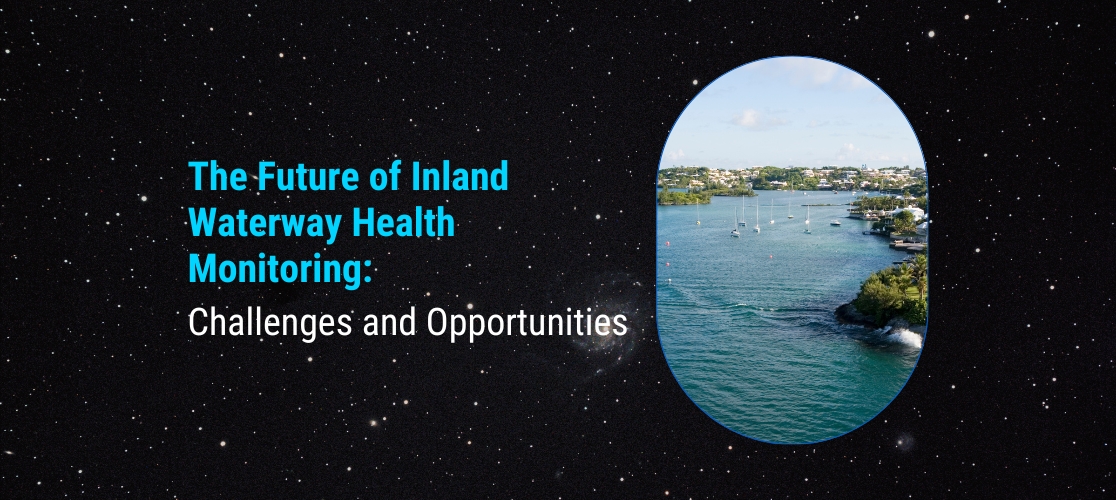28 April 2023
The Future of Inland Waterway Health Monitoring: Challenges and Opportunities.

Inland waterways are important for transportation, recreation, and ecosystem health. Monitoring the health of these waterways is crucial to ensure their sustainability and to prevent damage to both the environment and human infrastructure. In this blog, we will discuss the challenges and opportunities in the future of inland waterway health monitoring.
Challenges:
Limited resources: Monitoring the health of inland waterways requires significant resources, including funding, personnel, and equipment. With limited resources, it can be difficult to conduct comprehensive monitoring programs.
Data management: Collecting and managing large amounts of data can be a challenge, particularly in remote areas. Processing and analysing this data requires sophisticated tools and technologies, which may not be available in all locations.
Changing environments: Inland waterways are subject to changing environments, including weather patterns, land use changes, and pollution. These changes can make it difficult to establish long-term trends and to assess the effectiveness of management strategies.
Opportunities:
Remote sensing technologies:Advances in remote sensing technologies, such as satellite imagery and drones, are making it easier and more cost-effective to monitor inland waterways. These technologies can provide real-time data on water quality, vegetation cover, and other environmental parameters.
Data integration: Integrating data from multiple sources, including remote sensing, citisen science, and traditional monitoring methods, can provide a more comprehensive understanding of inland waterway health. This can help to identify trends and patterns that may not be visible from a single source.
Machine learning: Machine learning algorithms can help to identify patterns and anomalies in large datasets, making it easier to detect changes in inland waterway health over time. This can help to prioritise management actions and to identify areas that require additional monitoring.
Public engagement: Citisen science programs can engage the public in monitoring inland waterway health, providing valuable data and increasing awareness of environmental issues. This can also help to build support for conservation and management efforts.
In conclusion, monitoring the health of inland waterways is a critical component of ensuring their sustainability and preventing damage to both the environment and human infrastructure. While there are challenges to conducting comprehensive monitoring programs, advances in remote sensing technologies, data integration, machine learning, and public engagement present exciting opportunities for the future of inland waterway health monitoring.
